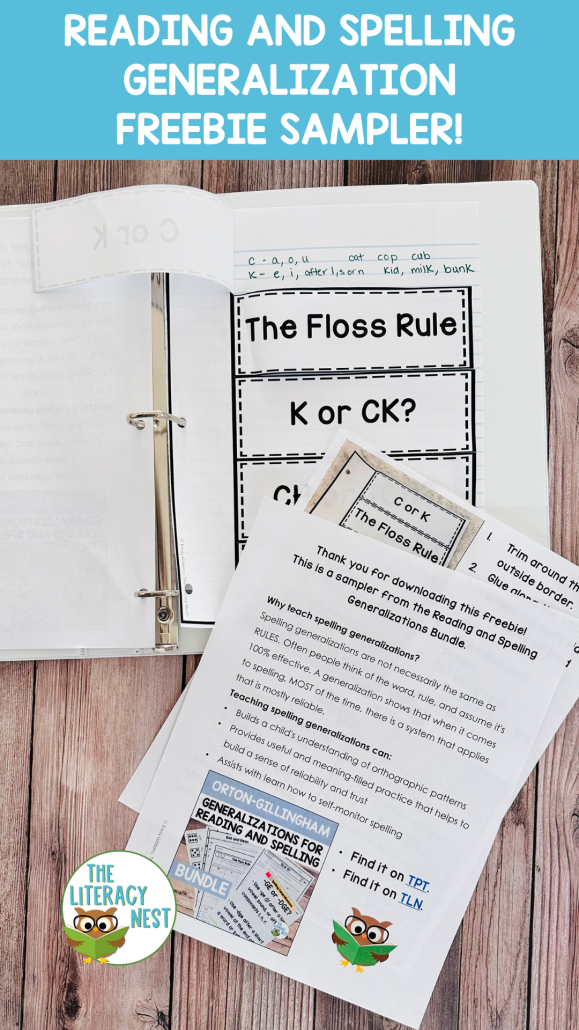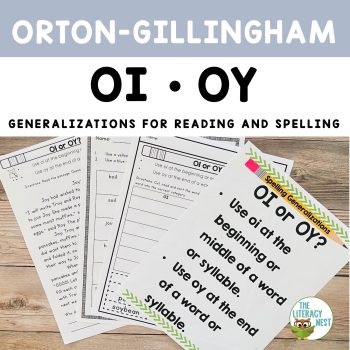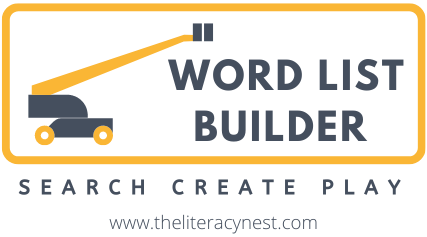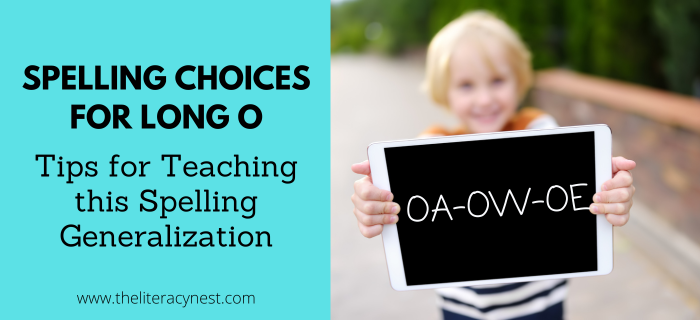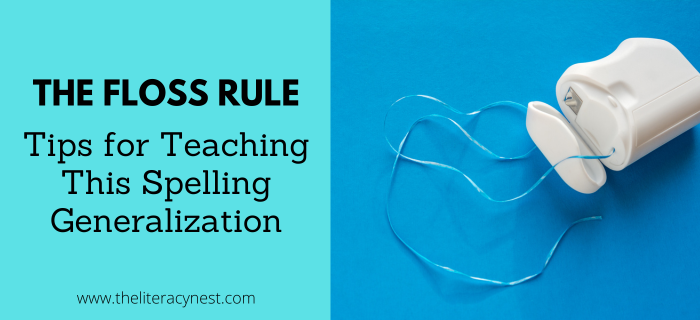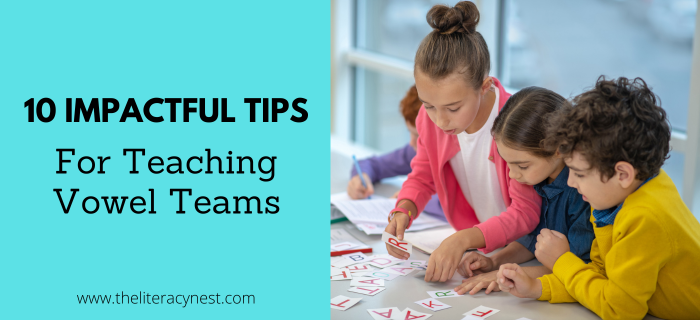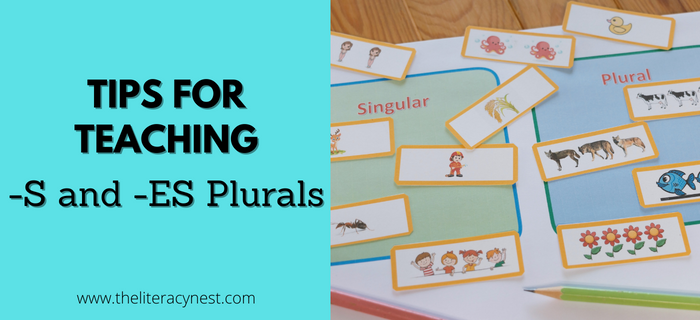Is it OI or OY? How to Teach This Spelling Generalization
When you’re thinking about spelling a word with OI or OY, location is everything.
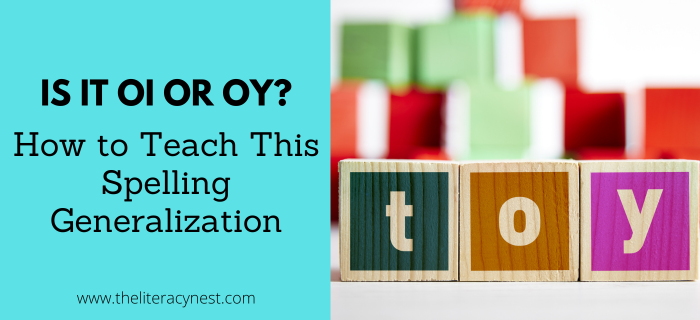
In some ways, the /oy/ sound is one of the more straightforward vowel teams and spelling generalizations that your students learn during their Orton-Gillingham lessons. The /oy/ sound really only has 2 spellings: oi and oy and the letters oi and oy are really only pronounced as /oy/. You only have two options to choose from. This is a spelling generalization your students can master pretty quickly. However, due to the relative infrequency of the /oy/ sound, your students aren’t likely to get as much practice with oi and oy.
Teaching the OI/OY Spelling Generalizations
Like many vowel teams, the position in the word or syllable is key for choosing a spelling for /oy/.
- When the /oy/ sound is at the beginning or middle of a word or syllable, oi would be the correct choice.
- At the end of syllables, the writer should use oy.
Some words that follow this generalization include:
oil noise coin joy toy
As with ai and ay, it is clearest when you talk about syllables, rather than words since oy may occur at the end of the first word in a compound word or at the end of a baseword followed by a suffix as in:
toybox boyhood joyful
One other category bears mentioning. There are a few words in which oy comes at the end of a syllable, but not the end of the base word or part of a compound word.
The most common of these words are:
boycott flamboyant buoyancy loyal royal oyster voyage
It is worth noting that your students will need to focus on the base word to effectively utilize this spelling generalization. Once a word has suffixes added, oy may no longer be at the end of the word and some suffixes don’t add an additional syllable. This can be seen in words such as:
boys toyed Roy’s
In order to teach this generalization, it is helpful for students to know the vowel team syllable types, be familiar with locating the base word, and be able to segment a word of 4 or 5 sounds. I find it is generally most helpful to teach the oi and oy separately in reading first. Once students are comfortable and familiar with the phonogram, they are ready for the spelling generalization. It is important to refrain from giving words with in oi and oy in dictation as review words until this generalization has been taught.
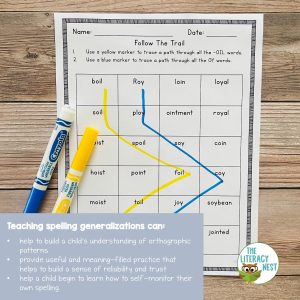
Your students can use some guiding questions to help them make a decision when writing a new word:
- What is the base word?
- Where do I hear the /oy/ sound?
- Is this a compound word?
- If the /oy/ sound is at the beginning or middle, use oi.
- If the /oy/ sound is at the end, use oy.
Download our Reading and Spelling Generalizations freebie sampler! It includes mini posters, a note-taker, and a handy cheat sheet with links to blog posts and a video with teaching tips!
Here are Seven Simple Teaching Ideas for OI and OY:
Download this printable guide for teaching OI or OY!
1. Sorting
You can sort words by spelling or sort pictures by vowel location to build phonemic awareness skills.
2. Start from the known
By the time you are teaching the oi/oy generalization, students are already familiar with and comfortable using the ai/ay generalization in spelling. Reviewing this spelling generalization will lay a strong foundation for success with oi and oy.
3. Review activities
Spending just a couple of minutes each lesson working with this generalization will help to solidify the learning. Have the student fill in the blank with oy or oi to finish spelling words. Ask them to segment a word into its sounds using counters or blocks and decide whether to use oi or oy.
4. Dictation
Make sure to avoid using oi and oy words in dictation (after both of them have been taught) until you have taught this generalization. Use a keyword to prompt your student for the correct spelling choice. Have your student practice finding the base word and applying the spelling generalization before adding the suffix.
5. Games
Play games where the student not only needs to read but actually make spelling choices between oi or oy. Make a word list that includes words with oi and oy. Have the student spell a word. If they are able to spell the word correctly, they can roll a die and move along a game board. This basic principle can be adapted in a number of ways. Play oi or oy Jenga, or Don’t Break the Ice or any of the other repurposed games in your collection. Even Go Fish or Concentration can be presented with a spelling twist.
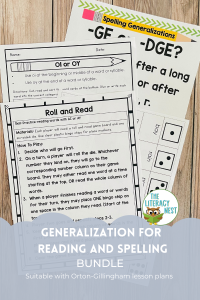
6. Spiral and Review
I recommend periodically reviewing this spelling generalization especially, before teaching other vowel team spelling generalizations.
Incorporating oi/oy practice into SOS review words is an excellent way to keep this learning fresh. If there are few concepts needing intensive review, cycling through spelling generalizations is always an appropriate review.
As new learning is added to your student’s repertoire, especially adding affixes, it is often helpful to review the oi/oy generalization to help situate it within the larger context of English spelling.
7. Verbalize
It is valuable to have students verbalize how they know which spelling of the /oy/ sound they are going to use based on its location in the word.
Key Multisensory Spelling Takeaway for OI/OY:
Teaching and practicing this spelling generalization with your students will provide students with learning differences a valuable tool for spelling. Through many repetitions of correct spelling with the multisensory spelling strategies in this guideline, your students will build a repertoire of known words and an overall orthographic awareness.
While learning about the long o spellings lacks the sort of predictable character of some other spelling rules, the complexities raised by homographs and homonyms make this a perfect time to support your student in becoming adept at using spell-checking tools, whether a dictionary or handheld spell-checking device.
Check out this fun spinner game FREEBIE your students will LOVE!
OI and OY Spelling Rules for Orton-Gillingham Lessons
Looking for systematic and explicit phonics instruction? This resource teaches the spelling generalization OI and OY. It is compatible with Orton-Gillingham lesson plans, dyslexia intervention, online tutoring, distance learning and other reading intervention programs. If you are an Orton-Gillingham tutor or teacher, these work well with your lesson plans!
You can grab it at The Literacy Nest Shop or on TpT.
If you are seeking more advanced practice, you’ll want to check out this Spelling Generalizations bundle. And be sure to catch our other spelling generalization blog posts HERE for LOTS more tips.
Are you looking for a list of OI or OY words? Word List Builder has got you covered!
Save time searching for OI words or OY words! Create customized and meaningful review, build your folder of words, create templates and games, and much more in Word List Builder.


